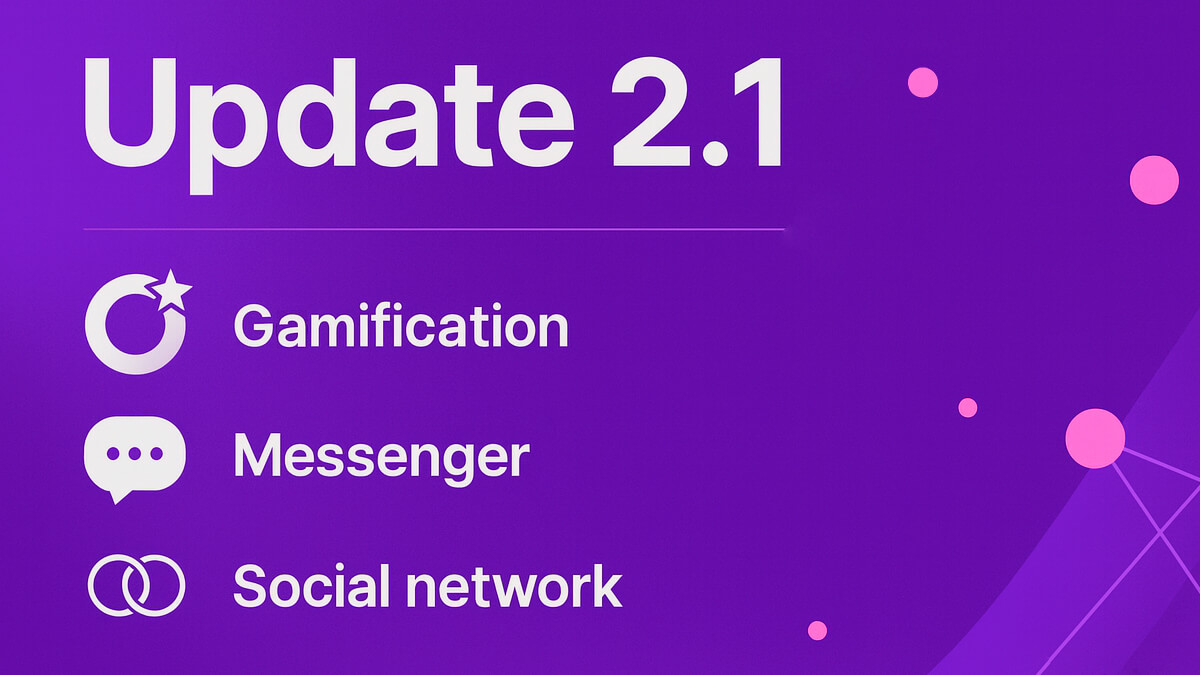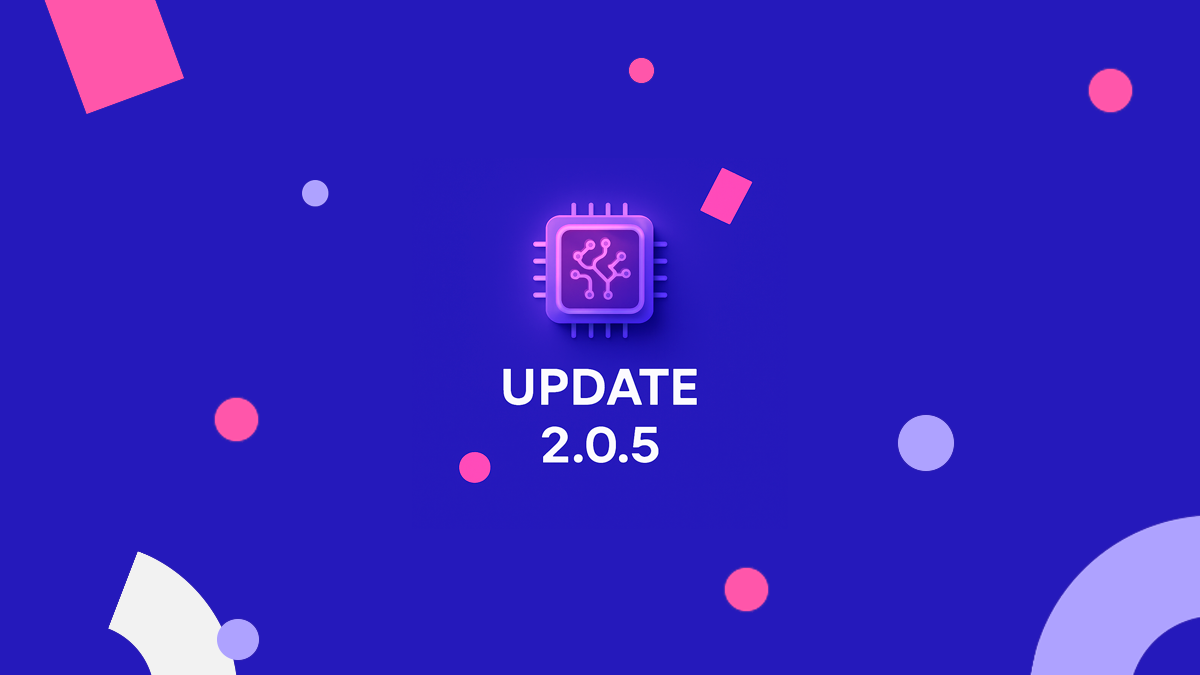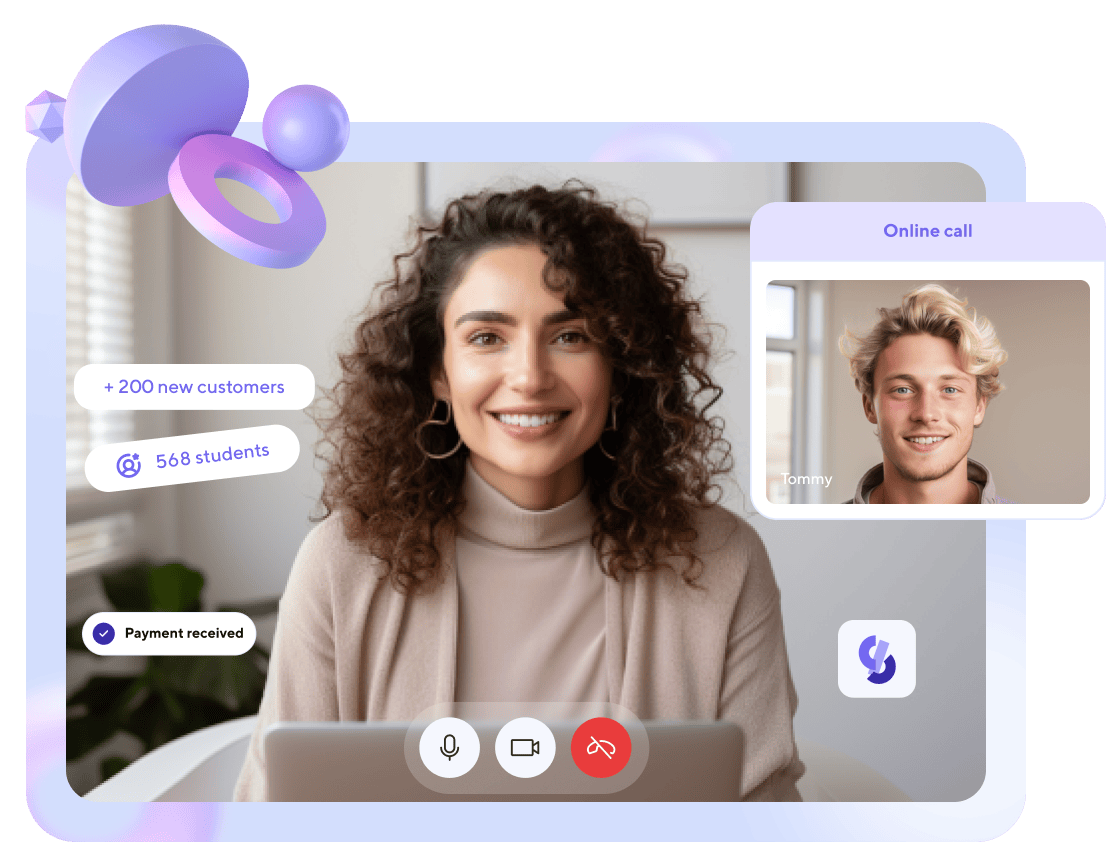Launching Your Online Course: A Comprehensive, Practical Guide

The journey of creating an online course is both exciting and rewarding. Whether you’re an expert in vegan cooking, digital marketing, or graphic design, you can utilize the online space to enlighten learners around the world. Here, we’ll guide you through the key stages of launching your online course, peppered with life hacks, resources, and examples to make the process easier.
1, Identifying Your Course Topic and Audience
Choosing a course topic involves balancing your expertise and passions with what the market wants.
- Life hack: Use Google Trends or AnswerThePublic to find trending topics in your field.
Once your topic is set, it’s time to pinpoint your target audience.
- Life hack: Use tools like Facebook Insights or Google Analytics to understand their demographic, needs, and aspirations.
This step enables you to tailor your content and marketing strategy effectively.
2. Mapping Your Course Content
Start with the big picture of your topic, then break it down into subtopics and individual lessons.
- Life hack: A practical tool for this is a mind-mapping software like MindMeister, which helps you visually organise your course structure.

Aim to balance theoretical knowledge, practical examples, and activities. Softbook’s feature-rich platform allows you to incorporate interactive quizzes, discussion boards, and practical tasks, enhancing your course’s engagement factor.
3. Producing Your Course Content
This stage, although time-intensive, is where your course truly takes shape. Depending on your subject and teaching style, your content could be video-based, text-based, or a mixture of both.
- Life hack: For video content, use tools like OBS Studio for recording and Adobe Premiere or Filmora for editing. For text-based courses, Google Docs, Word or Pages, PowerPoint or Keynote are great.
Remember, Softbook supports various content formats, including PDFs, slides, audio files, and videos, providing you with the flexibility to create diverse learning materials.
4. Setting Up Your Course on Softbook
With your course content ready, it’s time to launch it on Softbook. Register as a course creator and follow the step-by-step guide to set up your course. Upload your course materials, add any interactive components, set your pricing, and create a compelling course description.
- Life hack: Use Canva or Adobe Express to create engaging visuals for your course. A captivating course thumbnail can significantly boost click-through rates.

5. Testing Your Course
Before you hit ‘publish’, thorough testing is vital. Review the entire course as if you were a student. Check for clarity, functionality, and any potential errors.
Invite a few people from your target audience to take your course for a test drive and provide feedback. Their perspective can help identify areas needing improvement, ensuring a top-notch learner experience.
6. Marketing Your Course
Visibility is key to your course’s success. Utilise social media, email marketing (MailChimp or ConvertKit), content marketing, and even collaborations to spread the word about your course.
- Life hack: Useful services for email marketing – MailChimp or ConvertKit.
With Softbook’s detailed analytics, you can track your marketing efforts and refine your strategies accordingly. You can also create promotional offers using Softbook’s integrated e-commerce system to attract more enrolments.
7. Engaging Your Learners
Once learners start rolling in, active engagement is crucial. Respond to queries, facilitate discussions, and provide ongoing support. Softbook’s discussion feature fosters interaction, creating a vibrant learning community.
- Life hack: Additionally, you can use tools like Google Forms or SurveyMonkey to gather learner feedback, helping you understand their needs better.

8. Updating Your Course Regularly
Staying relevant means updating your course based on learner feedback, industry changes, or performance analytics.
Softbook’s robust analytics help you identify areas where learners might be struggling, enabling you to make data-driven updates. Regularly refreshing your course maintains its value and keeps learners coming back for more.
Conclusion
Launching an online course might appear overwhelming, but by breaking the process down into stages and leveraging the right tools and resources, it becomes much more manageable. Platforms like Softbook further ease the process with their comprehensive features, robust analytics, and stellar support.
Creating an online course goes beyond sharing knowledge – it’s about impacting lives through education. With your expertise, Softbook’s platform, and these practical tips and tools, you’re well-equipped to make a real difference. Here’s to your teaching success!
Articles are good, but social media posts are faster!
Subscribe to us and be the first to receive tips and tricks
on promoting your online school!


Earn money on your knowledge and experience with
Softbook!
to the platform for setting up your own school!





